Manga and Anime in the Shadow of Hiroshima
Barefoot Gen│© Fuji TV
The morning of August 6, 1945, began as any other. By 8:15 AM, the city of Hiroshima was erased in a searing instant. The first atomic bomb dropped on a civilian population flattened buildings, vaporized bodies, rewrote the atmosphere, and left a wound so deep it would bleed into art, memory, and identity for generations.
In manga and anime, that flash never stopped.
While Japanese pop culture is globally known for robots, magical girls, and apocalyptic thrillers, there’s a quieter undercurrent, an archive of works that stare directly at the blast. They carried the weight of unspeakable trauma. They made space for grief and guilt, for protest and pacifism, for empathy that crossed borders and generations. These are stories about what happens after the fire. Stories shaped by shadows on walls and scars that glow decades later.
While some creators approached the bombings obliquely, filtering the anxiety of nuclear power through metaphors like post-apocalyptic landscapes, kaiju born of radiation, or crumbling dystopias, others faced the event head-on.
They emerged not from the centers of power, but from artists and survivors who understood that telling the truth meant feeling it. Here are the works that stand in the shadow of Hiroshima.
1. Barefoot Gen
You can’t talk about Hiroshima in manga without starting here.
Hadashi no Gen, or Barefoot Gen, is as close as manga gets to survivor testimony. Created by Keiji Nakazawa, who was six when the bomb dropped, the series follows Gen, a boy living in Hiroshima, from the lead-up to the bombing to the postwar chaos that followed. What begins as a wartime slice-of-life spirals into unrelenting devastation of melted skin, bodies turned to ash, and family members buried in rubble.
But what makes Barefoot Gen so unsettling isn’t just the gore. It’s the innocence of its style. Round-faced characters with expressive eyes, rendered in the familiar strokes of classic manga.
The work was serialized from 1973 to 1985, and later adapted into an anime film that includes one of the most harrowing depictions of nuclear annihilation ever drawn. Schools in Japan used it as a teaching tool. International readers discovered it in translation.
Barefoot Gen│© Fuji TV
2. Pika-Don
In 1978, animator Renzo Kinoshita released a short film so quiet it still gives chills. Pika-Don, literally “Flash-Boom,” the slang used to describe the atomic blast, is a hand-drawn wordless animation that begins in peace: children playing, a mother cooking, a city stretching under summer skies. Then the light hits. There is no spectacle in the destruction that follows. Instead, Pika-Don chooses impression over illustration. The screen floods with white. Silhouettes appear, some holding hands before they vanish. Flames ripple through faceless crowds. Outlines melt into static.
Technically, Pika-Don is not anime in the commercial sense. It doesn’t belong to a franchise. It wasn’t aired on television. It was screened mostly in classrooms, peace centers, and film festivals. But the horror is there, visceral in its restraint. The film has no narration, nor any dialogue or music until the very end. It forces you to sit in the quiet.
Pikadon│© Studio Lotus
3. Town of Evening Calm, Country of Cherry Blossoms
If Barefoot Gen is the scream, Town of Evening Calm, Country of Cherry Blossoms is the silence afterward.
Drawn by Fumiyo Kouno, herself from Hiroshima, this 2003 manga doesn’t begin with the bomb. It begins with what’s left. A woman in 1950s Hiroshima tries to live an ordinary life, work, family, tea with neighbors. But ghosts are everywhere.
The second half of the story jumps to the 2000s, tracing the inherited weight carried by her descendants. It’s a masterclass in emotional compression, short, subdued, devastating. No flashbacks or explosions, just the ache of things not said. When it was adapted into a live-action film in 2007, viewers praised its restraint. The horror is never literally shown.
Town of Evening Calm, Country of Cherry Blossoms│© Fumiyo Kono
4. In This Corner of the World
Also by Fumiyo Kouno, this 2007 manga (and its 2016 anime adaptation by Sunao Katabuchi) is technically not about the bombing.
Set in the port city of Kure, just outside Hiroshima, the story follows a young woman named Suzu, an artist trying, against every logic of war, to preserve beauty in the face of ruin. It doesn’t dramatize combat. Instead, it lingers on rice stretched too thin, wedding kimonos sewn from scraps, and sketches of clouds above the Seto Inland Sea.
But the tension builds. Kure is bombed. People disappear. The calendar creeps toward August 6. And when that day arrives, the bombing of Hiroshima is not shown. Everything happens off-screen.
What follows is far more devastating than any explosion. In a moment, Suzu loses part of her body. But she also loses something less tangible: her sense of continuity. What the film captures so precisely is the disorientation of surviving something incomprehensible, the psychological realignment required to carry on.
In This Corner of the World
5. Hiroshima: The Autobiography of Barefoot Gen
By the time Barefoot Gen was serialized in the 1970s, Keiji Nakazawa had already spent decades carrying the memory of August 6, 1945. He had turned that memory into manga, blending stylized illustrations with raw testimony to create one of the most harrowing anti-war works ever drawn. But there were some things that even manga couldn’t fully contain.
In Hiroshima: The Autobiography of Barefoot Gen, Nakazawa steps out from behind the character of Gen and speaks in his own voice. Gone are the cartoonish features and visual metaphors. What remains is a survivor sitting with his past and laying it bare.
In revisiting his childhood, Nakazawa peels away the last layer of narrative distance. It’s one thing to watch Gen run barefoot through the ashes. It’s another to read, in Nakazawa’s own handwriting, that he did too.
The Autobiography of Barefoot Gen
6. Letters from Hibakusha
This 2019 animated series, produced by NHK World-Japan, is based on over 2,000 letters submitted by survivors, or hibakusha. Letters from Hibakusha selects a handful of these firsthand accounts and animates them with quiet reverence. The style is minimal, but each frame shows a brutal kind of honesty.
The series is based on memory: a child wandering through the ruins, a father who never came home, a city turned to soot and silence. Each episode is a testimony, shaped by people who carried Hiroshima in their bones.
It’s one of the few works where the survivors are the authors. The result is a cultural archive, animated by pain and purpose, ensuring that what happened in 1945 never becomes just a chapter in a textbook.
Letters from Hibakusha
The Long Shadow
The atomic bombings of Hiroshima and Nagasaki were psychological events, ones that etched themselves into Japan’s cultural DNA. While some manga and anime turned the trauma into metaphor through the use of giant monsters, ruined futures, or cities leveled by mysterious forces, these works did something braver. They looked directly into the flash, painted it, animated it, and asked what kind of humanity survives on the other side.

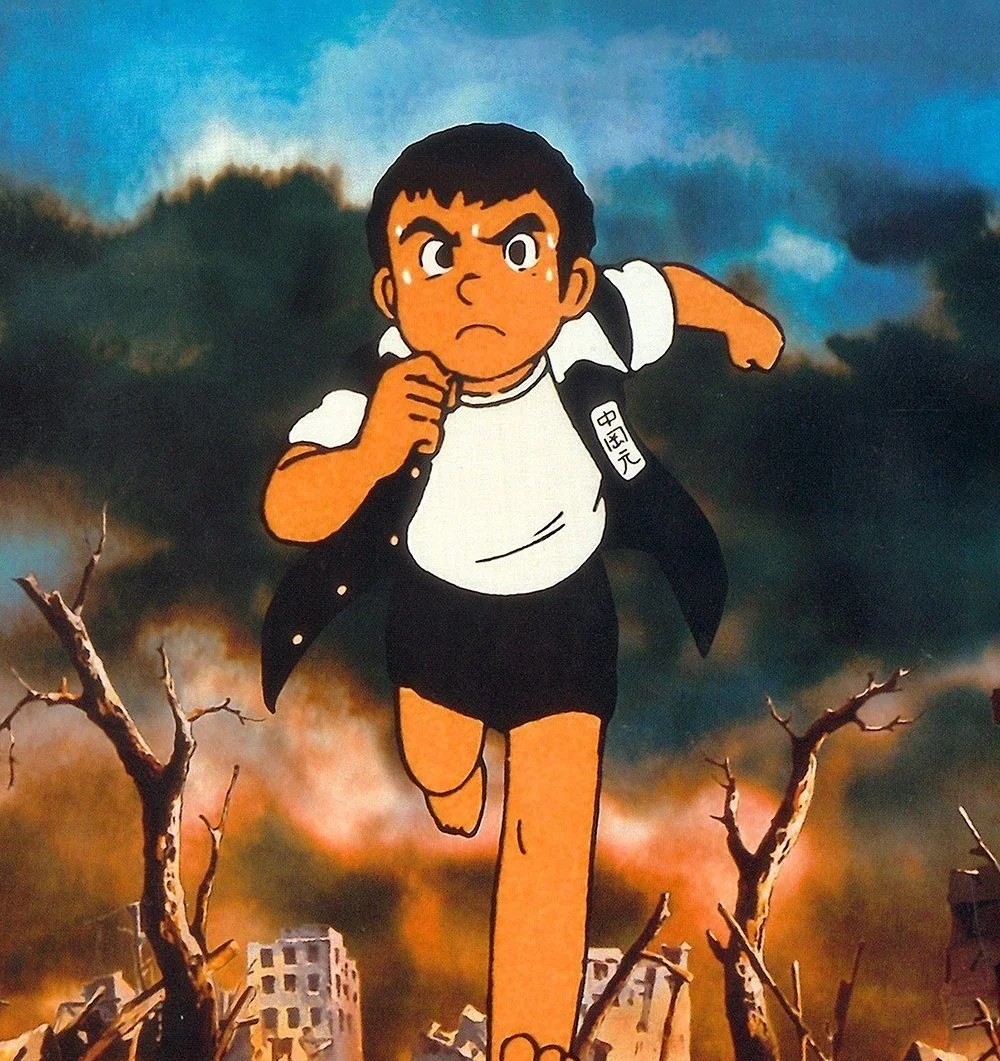
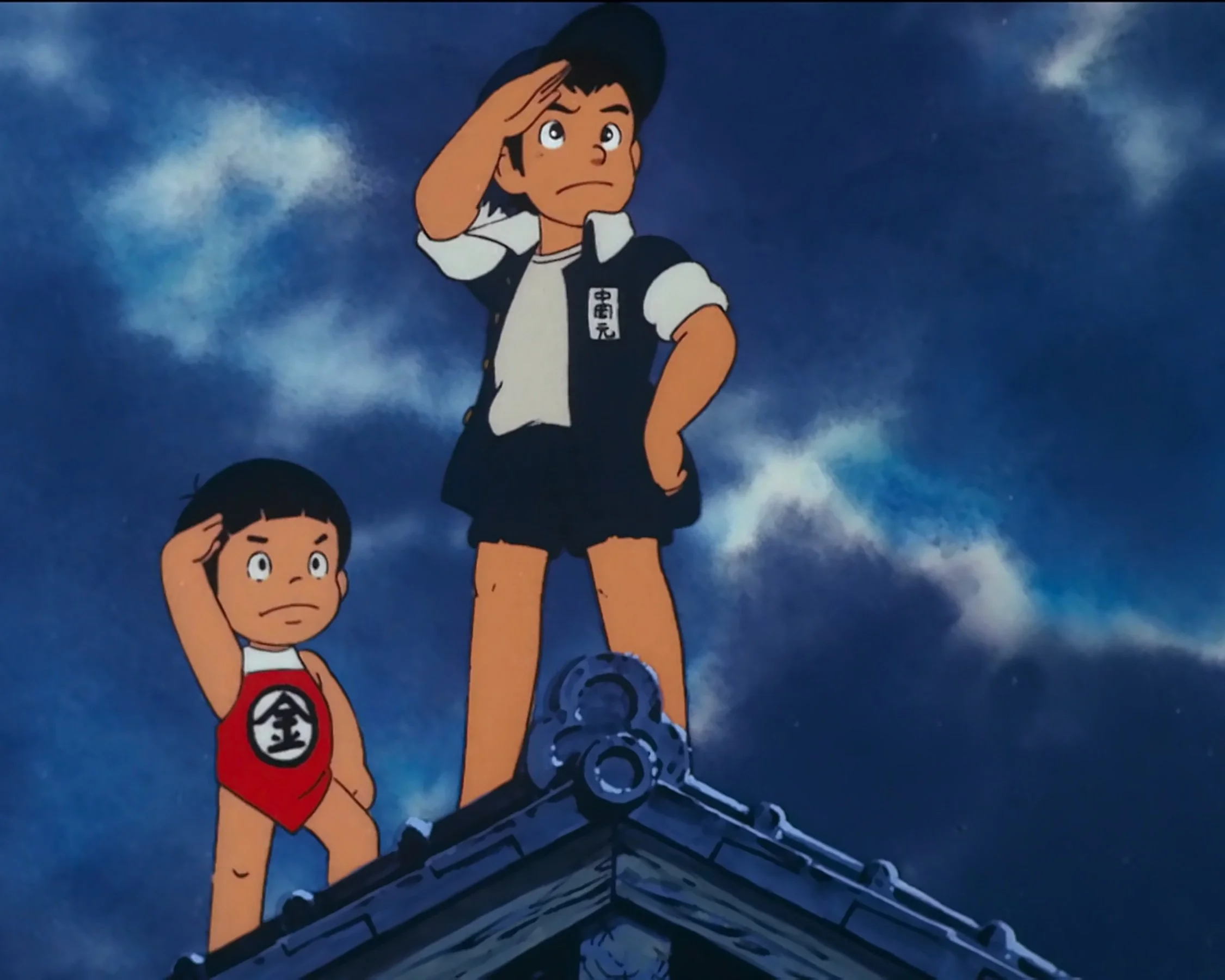
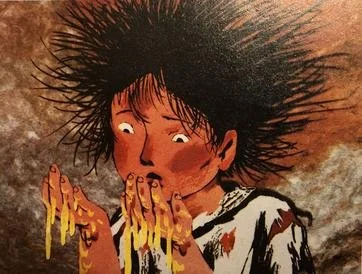

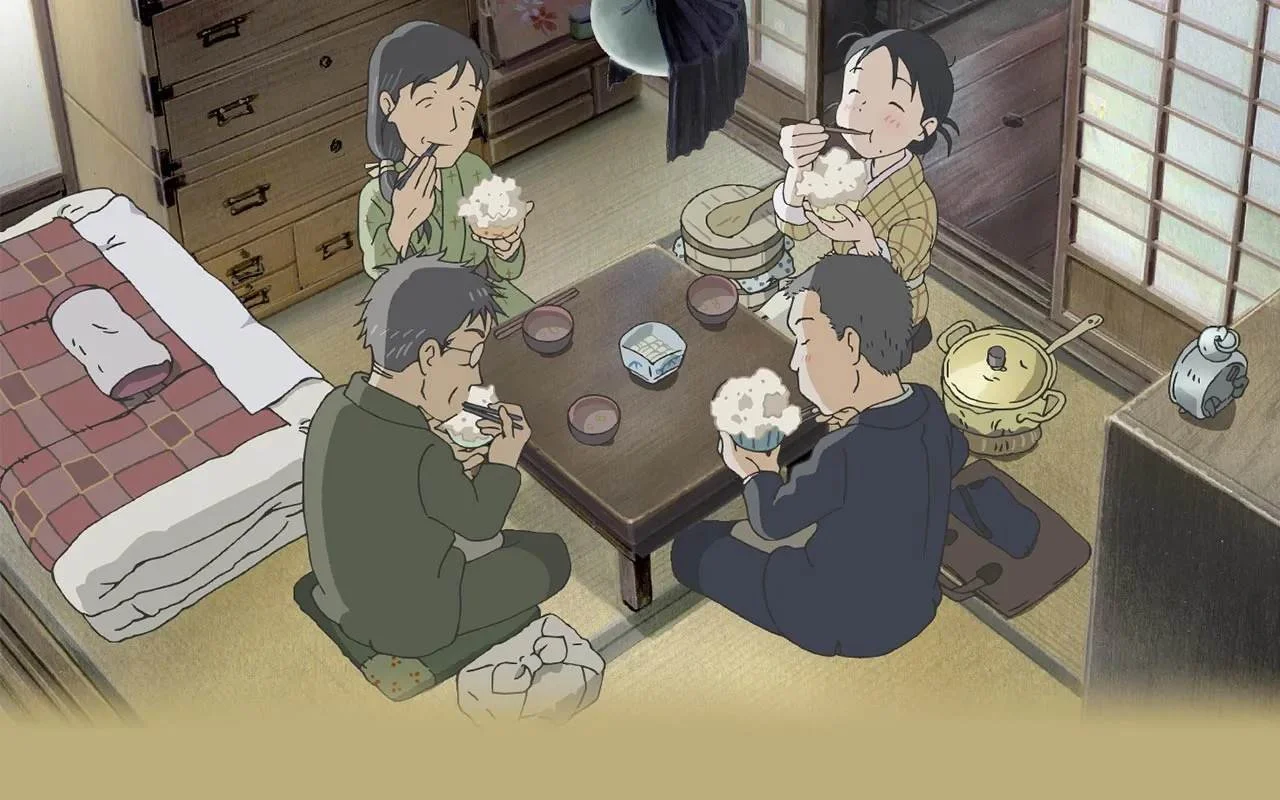



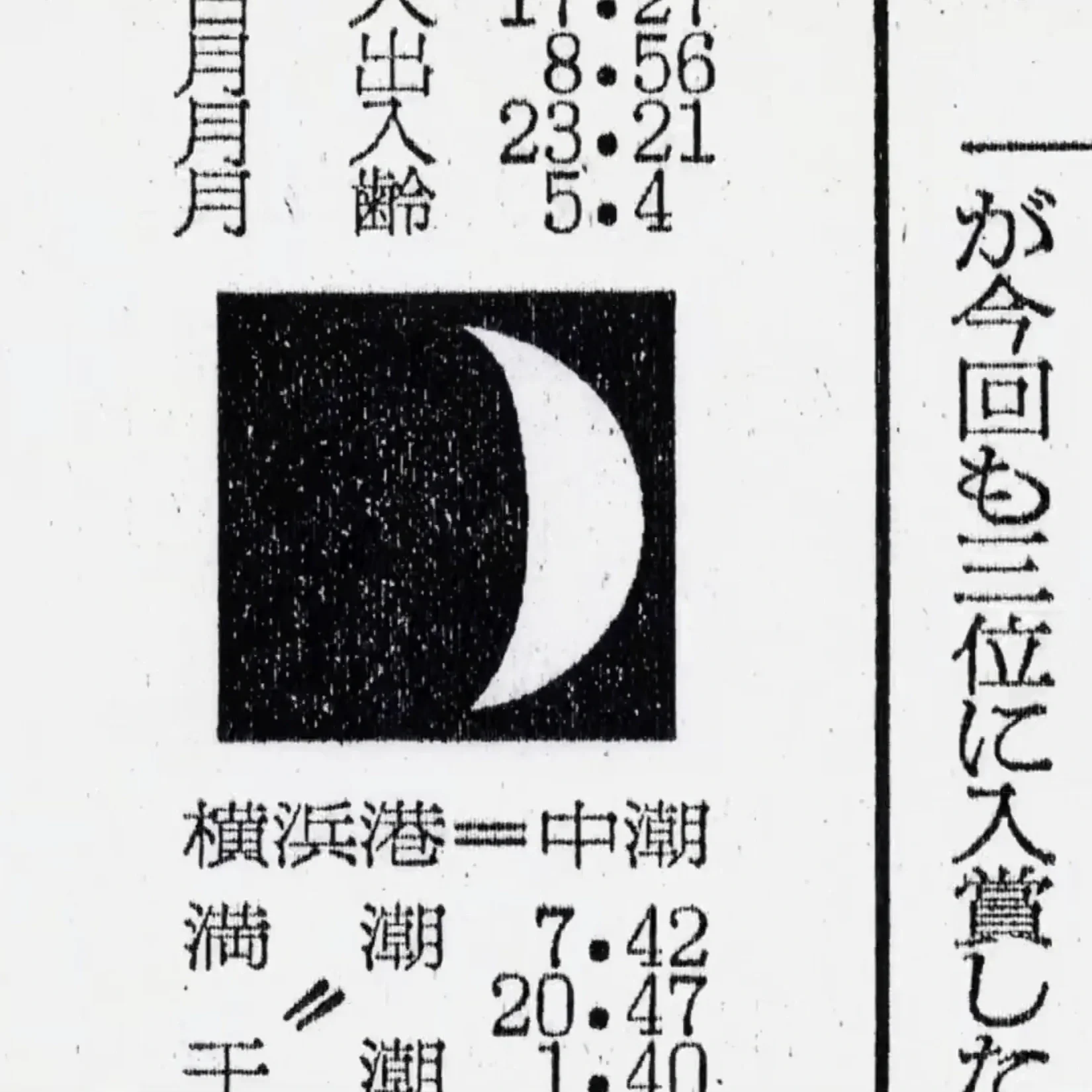
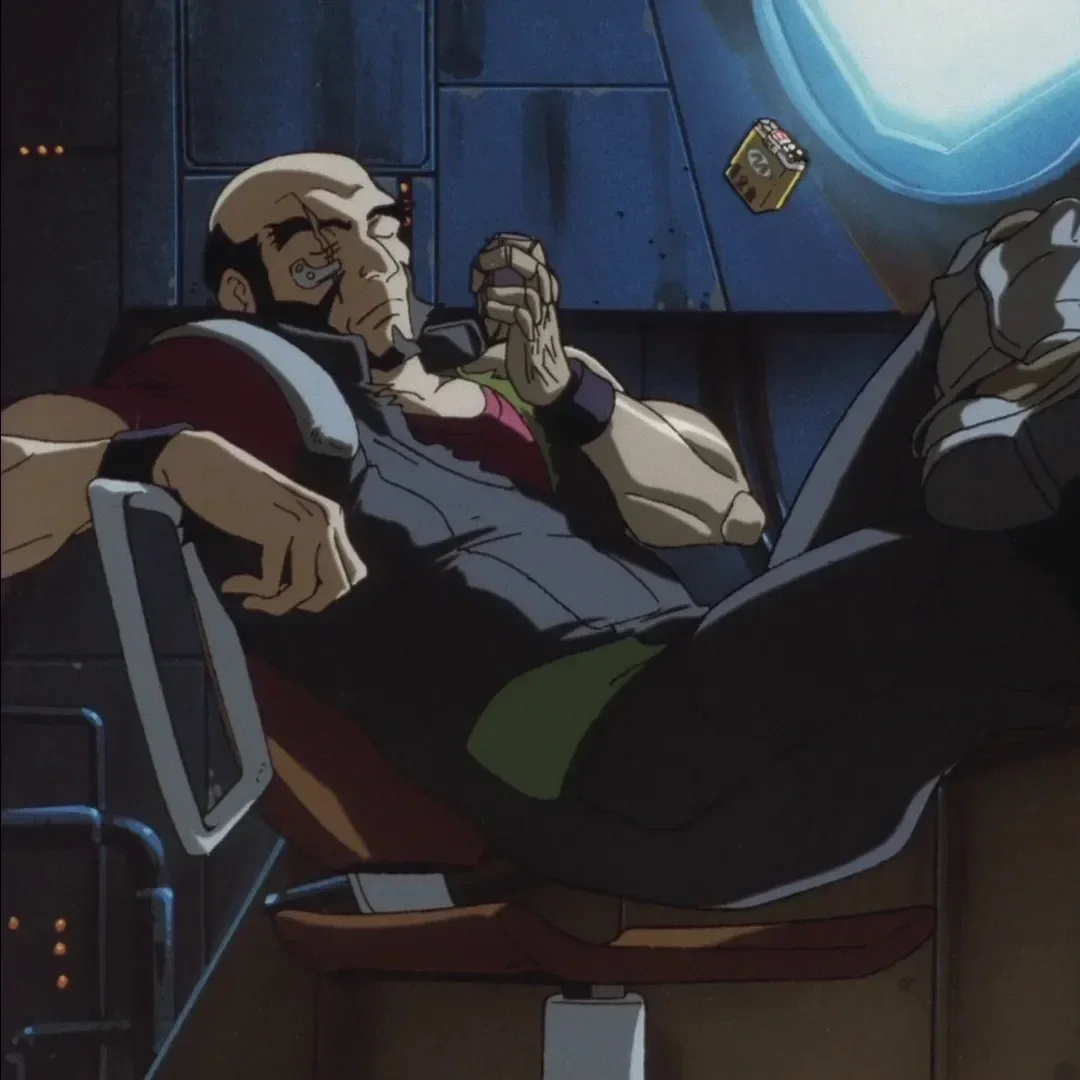
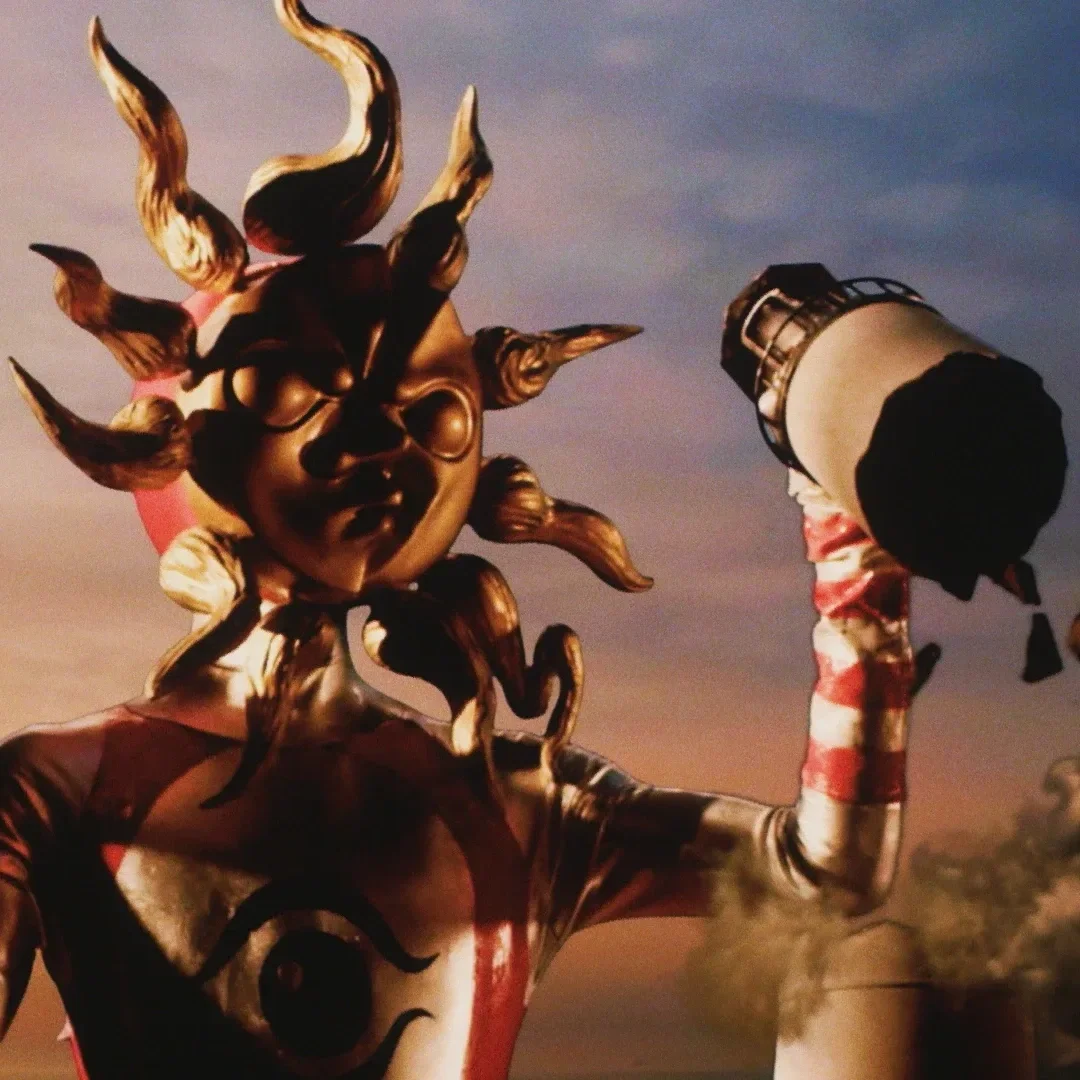

Before Harajuku, Shoichi Aoki archived the world’s fashion.